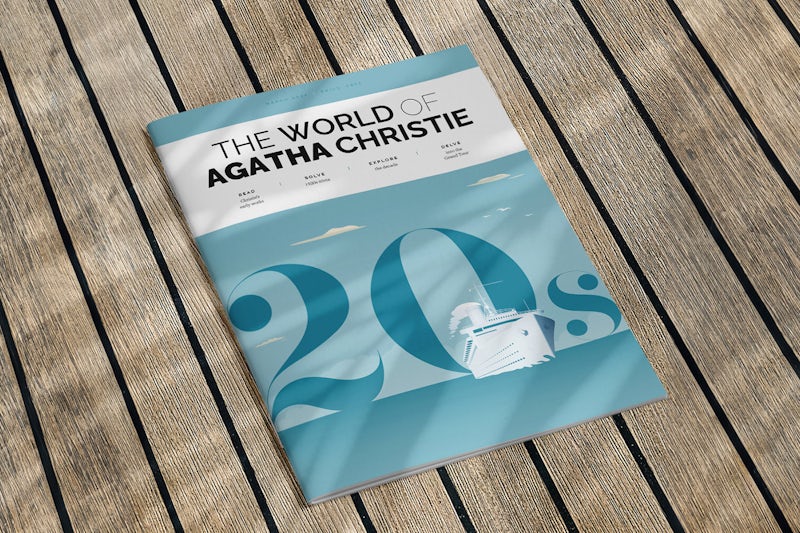A is for Arsenic : The Poisons of Agatha Christie

Fourteen novels. Fourteen poisons. Just because it's fiction doesn't mean it's all made-up...
In A is for Arsenic Kathryn Harkup explores the poisons used by Agatha Christie in her novels. Christie used poison to kill her characters more often than any other crime fiction writer. The poison was a central part of the novel, and her choice of deadly substances was far far from random; the chemical and physiological characteristics of each poison provide vital clues to the discovery of the murderer.
Agatha Christie's knowledge of poisons was certainly exceptional. Few other novelists can claim to have been read by pathologists as reference material in real poisoning cases.
More about this story
Agatha Christie revelled in the use of poison to kill off unfortunate victims in her books; indeed, she employed it more than any other murder method, with the poison itself often being a central part of the novel. Her choice of deadly substances was far from random - the characteristics of each often provide vital clues to the discovery of the murderer. With gunshots or stabbings the cause of death is obvious, but this is not the case with poisons. How is it that some compounds prove so deadly, and in such tiny amounts?
Christie's extensive chemical knowledge provides the backdrop for A is for Arsenic, in which Kathryn Harkup investigates the poisons used by the murderer in fourteen classic Agatha Christie mysteries. It looks at why certain chemicals kill, how they interact with the body, the cases that may have inspired Christie, and the feasibility of obtaining, administering and detecting these poisons, both at the time the novel was written and today. A is for Arsenic is a celebration of the use of science by the undisputed Queen of Crime.
Kathryn Harkup is a chemist, author, and Agatha Christie fanatic. Having completed a doctorate on her favourite chemicals, phosphines, Kathryn went on to further postdoctoral research before realising that demonstrating, talking about and writing about science appealed a bit more than hours slaving over a hot fume-hood. She is now a freelance science communicator, specialising on the quirkier side of science.


 UK
UK 



